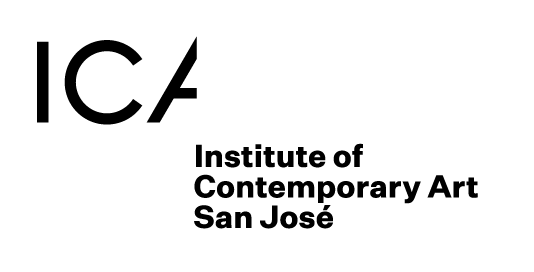Mari Andrews: Over, Under, and Inside Out
June 1 – September 7, 2013
An exhibition of sculptural installations assembled from natural and man-made materials.
Mari Andrews is a self-proclaimed obsessive collector. During her frequent walks on the beach and hikes in the mountains, she gathers natural and hand-made materials that she comes upon serendipitously or has intentionally set out to find. Her studio is an encyclopedic repository of leaves, twigs, branches, pinecones, seedpods, grasses, moss, lichen, soil, sand, wire, string, lead – literally thousands of items and materials, all of which are meticulously separated and stored in bottles, bags and boxes. Together, they represent Andrews’ visual vocabulary. Her wall sculptures, which Andrews refers to as paperless drawings, range from small assemblages to large-scale installations. The works are at once whimsical and satirical, often confusing our perception of organic specimens with human artifacts, while referencing the fraught relationship we have with nature.
Over, Under, and Inside Out begins with Inventory, a hand-welded wire grid displaying 100 found objects, including seeds, moss, bones, stones, shells and tree rosin, with one empty space reserved for the next discovery. Inventory serves as a key to “reading” the rest of the exhibition. And, while Andrews has become an amateur botanist who can tell the difference between a manzanita pod and a juniper pod, what is most striking is the incredible variety and distinctive qualities of each individual “character” of Andrews’ alphabet.
Milky Way is Andrews’ largest installation. In the massive compilation of materials, it is hard to discern the handmade wire sculptures, which she has discreetly inserted in the composition, from the organic pods and cones. This deceptive use of materials makes us re-think what we feel we know for sure. Is that a eucalyptus “star” pod or some imaginary element that Andrews has created? Are those seeds or handmade buttons? Is that moss or string? Milky Way marks the most colorful of the installations. Andrews uses natural materials – lichen and mosses – to insert the wonderful array of greens, yellows and reds. She has remarked that this use of color is the closest she will ever get to painting.
The minimalist aesthetic of Sugarsaltlead is vaguely reminiscent of Donald Judd’s boxes. However, unlike Judd’s precisely uniform containers, Andrew’s lead vessels vary in size, shape, and form and the salt and sugar reveal varying degrees of color and texture. Also evident is Andrews’ more crude construction showing that she has punched and sewn the containers in order to seal them. For Andrews, the sugar, salt, and lead serve as metaphors for life’s trials and tribulations – sweet, sad and toxic.
Andrews’ most recent medium is coal. Seam juxtaposes willow branches with anthracite, a hard variety of coal that has a high luster with very few impurities, to reference the fact that coal is formed from the remains of plant vegetation. In fact, as the minerals inherent in coal continue to compress, the rock ultimately transforms into diamond. Coalgems, which alludes to that transformation, includes large chunks of anthracite that Andrews has polished and sculpted. Paradoxically presenting chunks of coal as fine gems in an art gallery reflects the ultimate ironic twist of Andrews’ work.
Mari Andrews received her BFA from the University of Dayton, Ohio and her MFA from the Otis Art Institute of Parson’s School of Design in Los Angeles. Her work is in the collections of the San Jose Museum of Art, the de Saisset Museum at Santa Clara University, the Portland Museum of Art in Maine and the Eli Broad Foundation in LA. She has exhibited extensively throughout California and the US as well as internationally in Japan, Israel and England.
